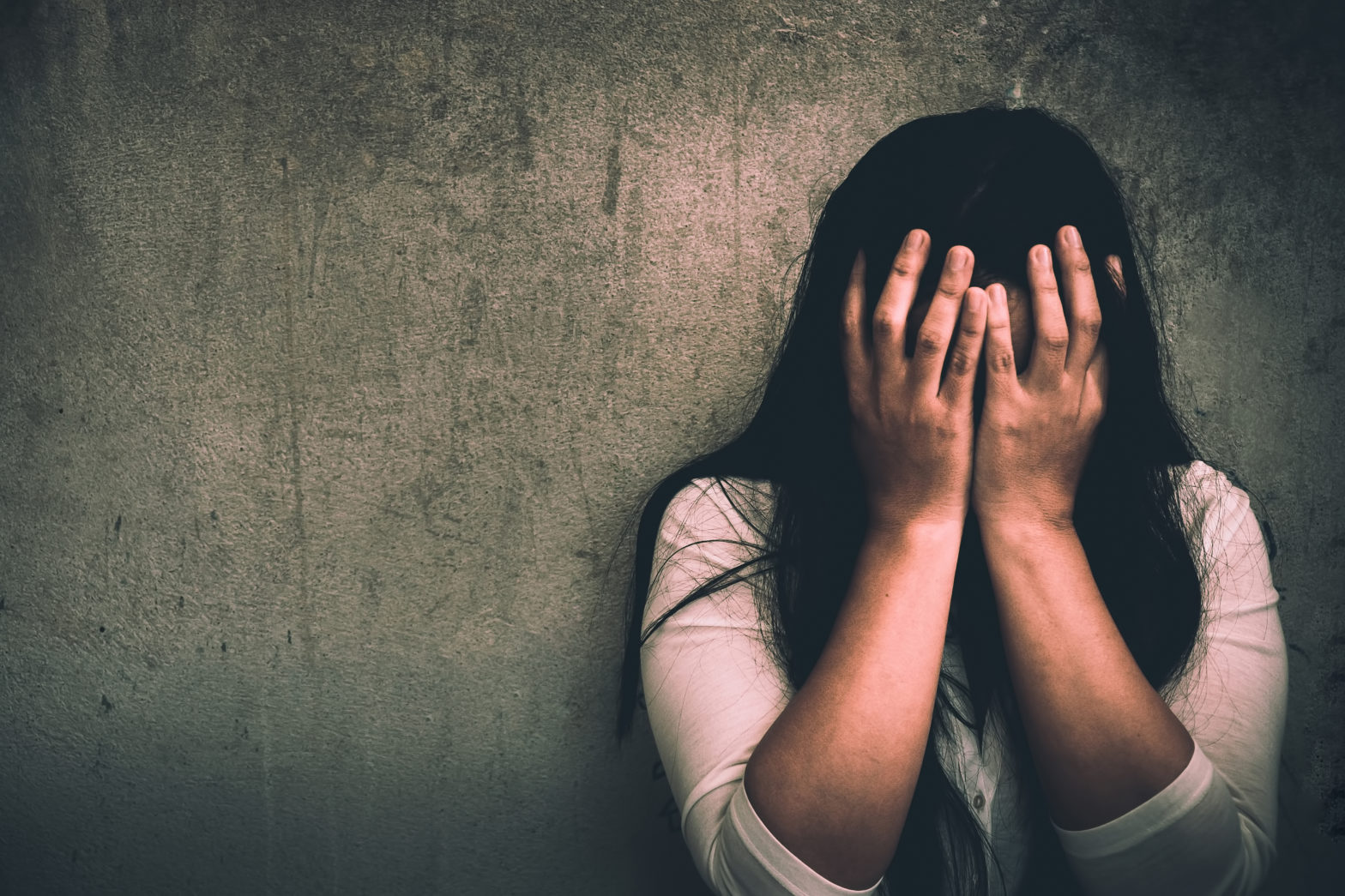Spotting the Signs: How to Identify and Support Someone Who is Self-Harming
Posted by Improving Lives Counseling Services, Inc. | Articles

The urge to alter, improve, or change something about yourself is normal, but purposely damaging or hurting yourself physically, emotionally, or psychologically to effect change is not. Hurting yourself or thinking about hurting yourself is a sign of emotional distress, “experiencing an extreme level of unpleasant emotions” – self-harm. Defined as a way of controlling uncomfortable or unwanted feelings, situations, or events, data from more than 32 billion private healthcare claim records show the number of children, teens, adolescents, young adults, and millennials choosing self-harm “increased 99% during the pandemic”. Improving Lives Counseling Services’ team of mental health specialists diagnoses and treat issues that “trigger” self-harm.
Today, parents and educators tend to blame society, television, social media, and the lack of in-person communication for making people feel inadequate, physically lacking, emotionally deficient, unwanted, unseen, or unheard. Many within the psychiatric community agree, adding racial, cultural, religious, and sexual bullying to this list. In addition, recent research shows environment, substandard housing, intergenerational trauma, inadequate food resources, unsafe schools, and parenting styles contribute to the emotional distress which leads to self-harm.
SELF-HARM, CUTTING
Illnesses associated with self-harm can include anxiety, anorexia, PTSD, personality disorders, chronic stress, and depression. “Cutting is using a sharp object like a razorblade, knife, or scissors to make marks, cuts, or scratches on one’s own body” to escape reality, punish themselves, stop emotional pain, or gain control.” A person might cut to express anger and disapproval, to use cutting as a religious tool, or a way in which to feel the loss of a loved one. Abused women who experience domestic violence, gang members, bisexual females, struggling college students, professional athletes, men experiencing financial distress, and reportedly, “professionals who feel it can help reduce stress, tension and anger” self-harm through cutting.
People who cut can make it difficult to identify them as cutters. Due to the shame involved, and the desire and need to hide their cutting, scars are usually found on the upper leg, inner thigh, arms, chest, belly, back of the wrist, behind the ear, bottom of the foot, or inside the hand. In addition, the internet provides a long list of ways to conceal cutting. Beyond wearing long sleeve clothing and using makeup foundation and concealer, they suggest jewelry to cover wrist scars, flesh-colored bandages, tattoos, Botox, and laser skin resurfacing.
Symptoms of someone cutting can include bleeding cuts and bruises, intense emotions when questioned about frequent injuries, excessive weight gain or weight loss, agoraphobia, self-seclusion, helplessness, hopelessness, impulsiveness, and intense behaviors.
SELF-INJURY
Other forms of self-injury include, “burning with lit matches, carving words or symbols on the skin, self-hitting, punching, biting, head banging, piercing the skin with sharp objects, and inserting objects under the skin.” Like any behavioral disorder, self-injury can become habit forming, often leading to drug abuse, alcohol abuse, criminal acts, and promiscuity – causing further physical and psychological damage. Statistics compiled from physicians, clinicians, therapists, and emergency room and hospital in-patient records showed people living in war zones, escaping immigrants, 10% of the military, and 35% of civilian men report a history of self-injury. Due to the secrecy around self-harm and self-injury, it is believed the numbers are much higher.
Often used as a religious ritual, self-flagellation, the act of hitting oneself with a whip, continues to be practiced in certain Christian and Catholic sects. Used to absolve oneself from embarrassment, sinful acts, or shame, like other acts of self-harm and self-injury, it most often happens alone (secretive) in a private setting. Masochism, another form of self-injury, is commonly used to derive sexual gratification from pain, ridicule, and humiliation.
PHYSICAL EFFECT OF CUTTING
Beyond cutting too deeply and being rushed to the emergency room, cutters can experience broken bones, infection from objects used in cutting, injured blood vessels, organ damage, loss of limbs, and blood poisoning. Self-harm has been linked to stomach pain, muscle pain, migraines, eating disorders, and a higher risk of heart disease.
OUR COUNSELORS ARE HERE TO HELP
“Self-injury may feel like a way of ‘waking up’ from a sense of numbness after a traumatic experience.” However, once the cutter experiences a false sense of relief and continues cutting each time he/she experiences emotional distress, self-harm or injury becomes addictive – a compulsive behavior.
The counselors, therapists, and clinicians of Improving Lives Counseling Services treat children, teens, adolescents, young adults, adults, and seniors displaying symptoms of emotional distress related to non-suicidal injuries. Aware of the issues of confidentiality and ethical concerns – coupled with empathetic understanding, cognitive behavioral therapy techniques are used to identify negative self-talk, beliefs, and behaviors. Self-harm will not usually lead to suicide; however, patients can suffer extreme physical pain and chronic mental illness. If you or someone you know – or suspect – is physically harming themselves, call us immediately: 918-960-7852.
